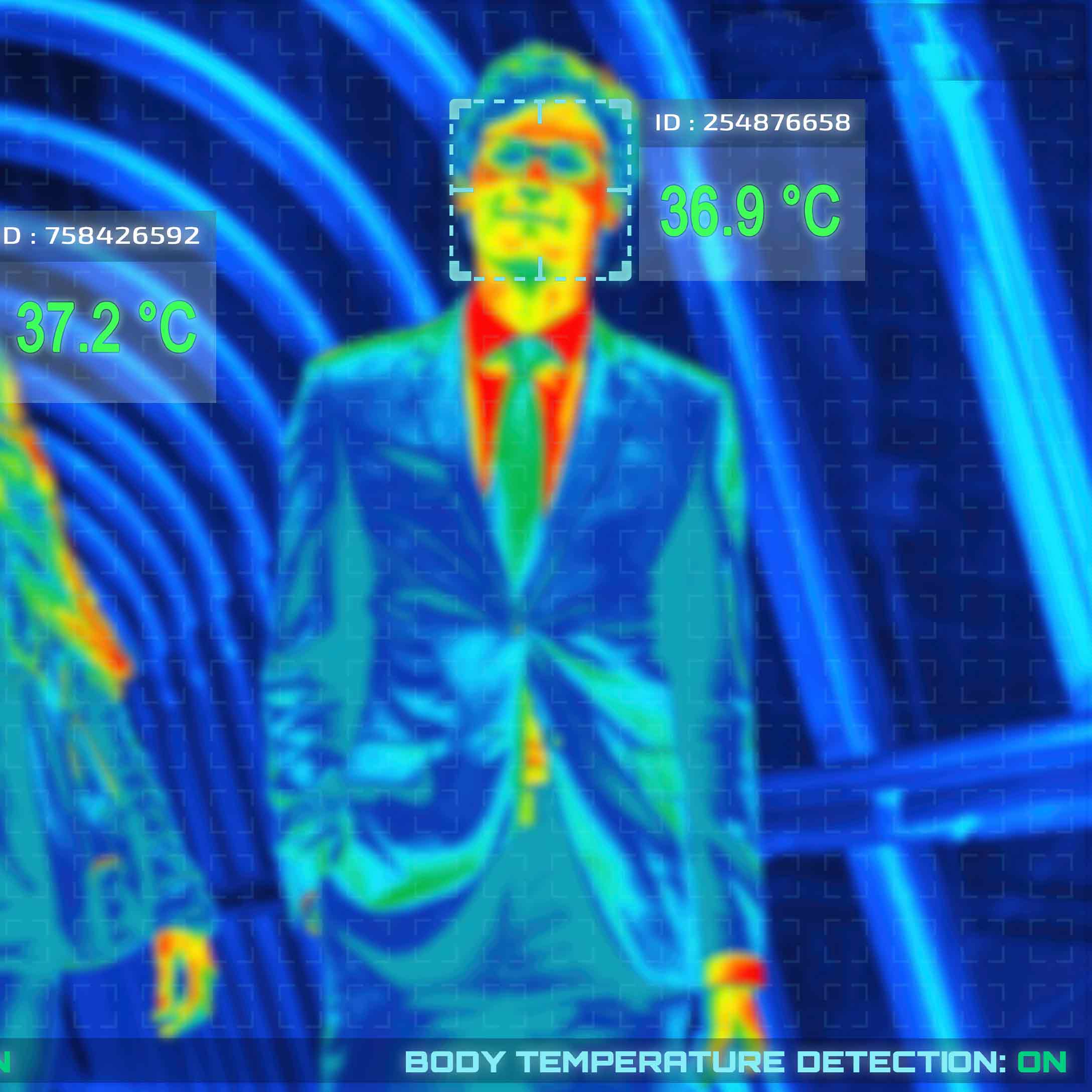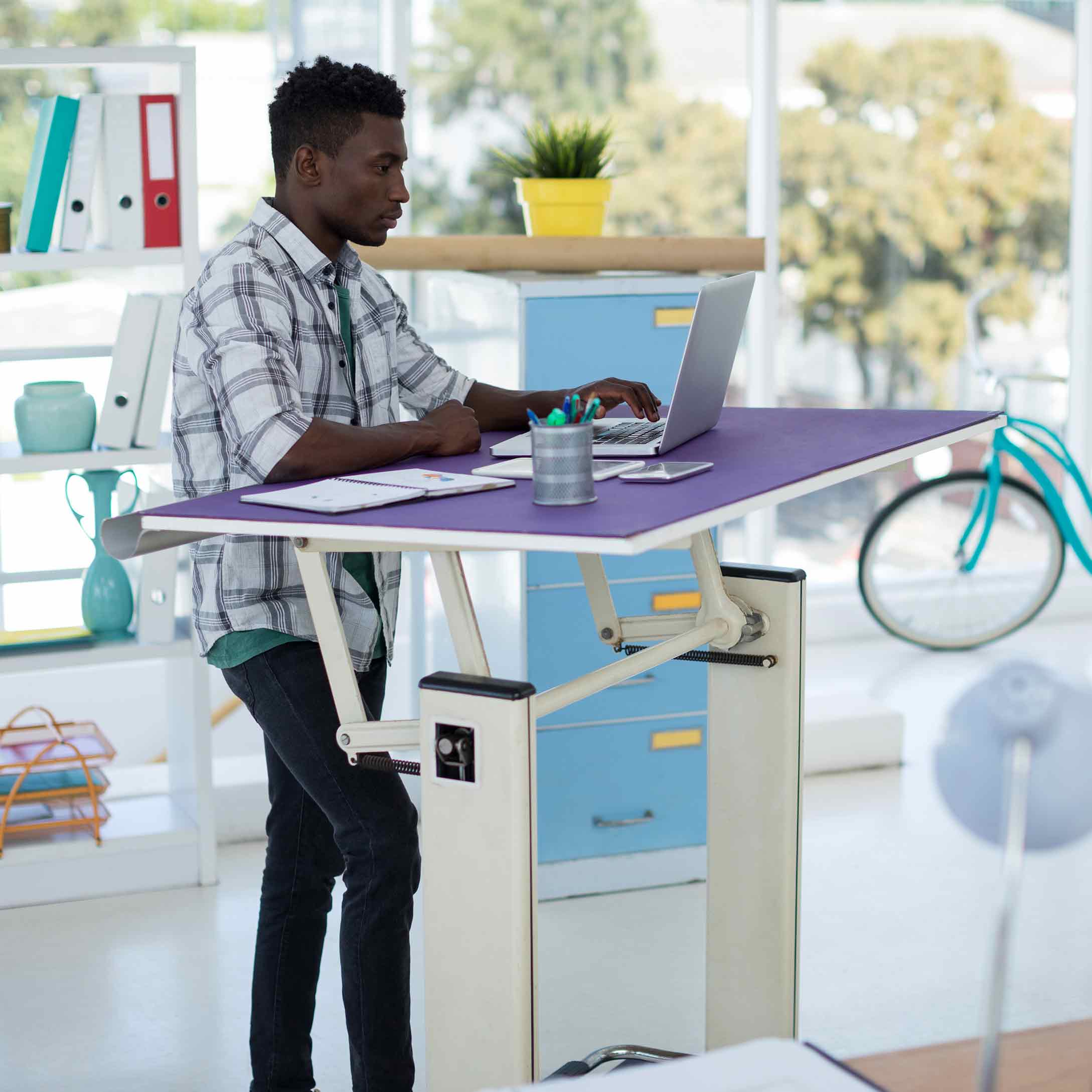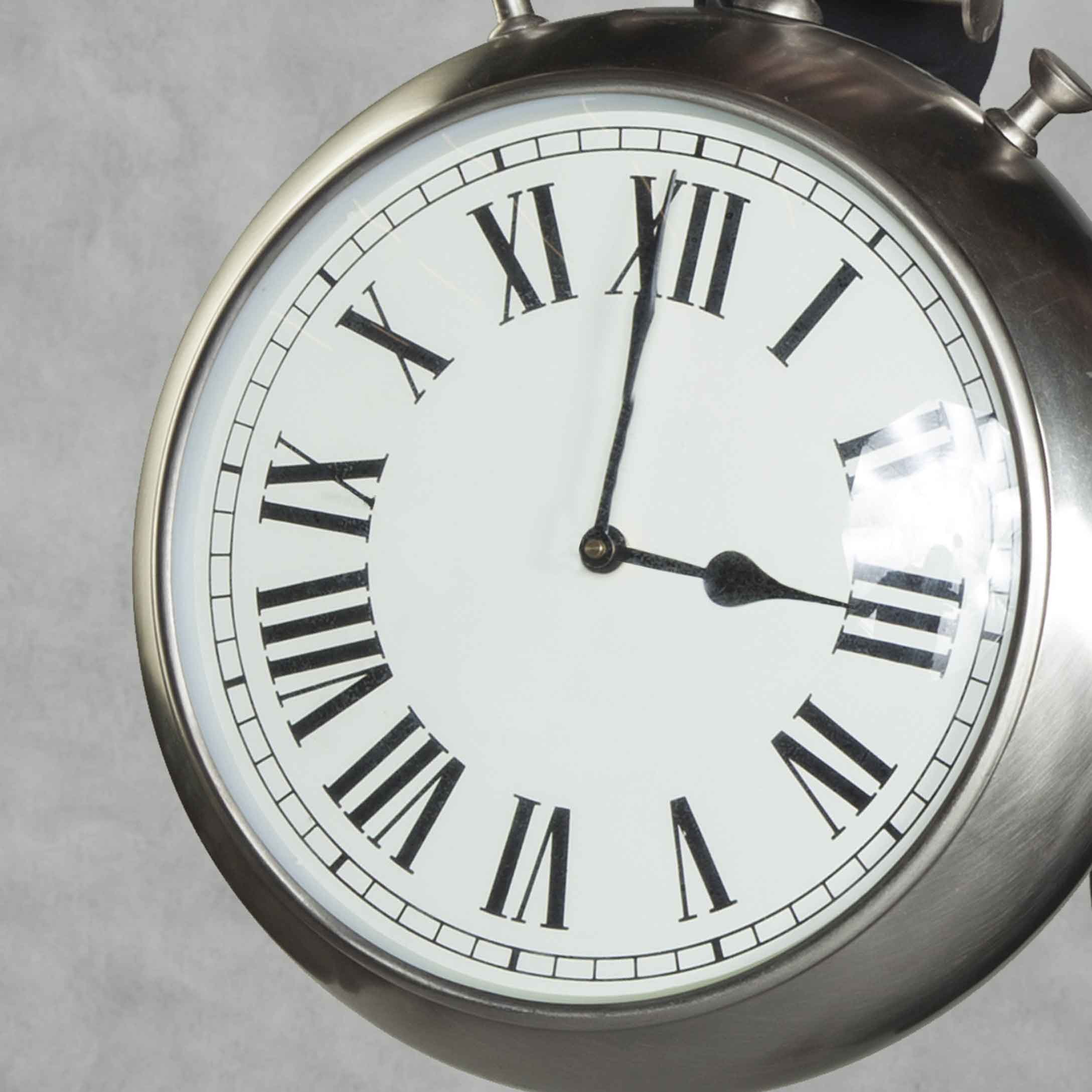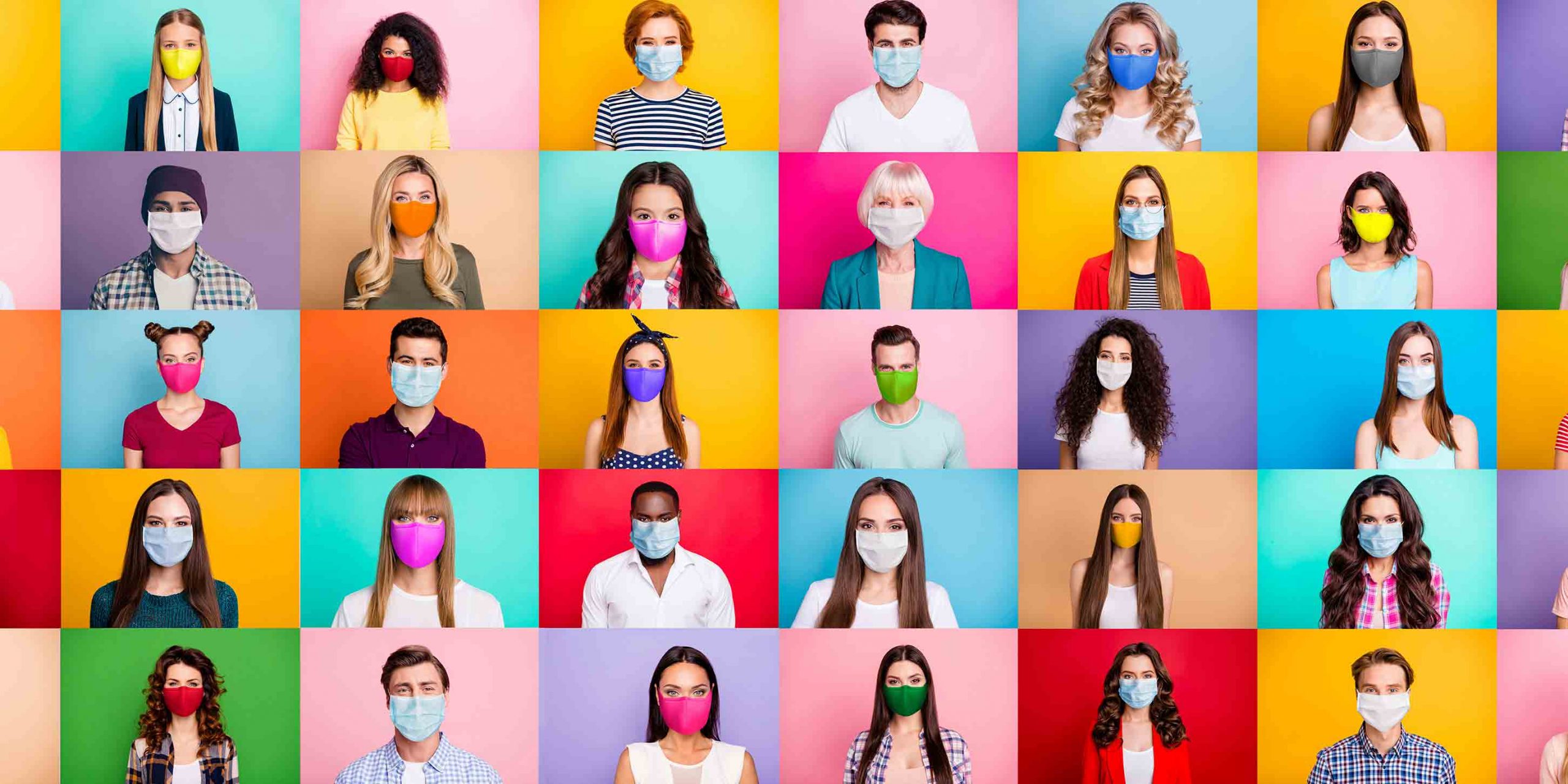One day, the virus will relent. Who knows, it may disappear altogether. But even then, life is unlikely to return to how it was before covid-19; how might our workplace look going forward?
It’s 2023 and David works from home four days a week, as he has ever since lockdown in March 2020. Every Wednesday he goes to the office, arriving at 7.00am to accommodate the new staggered work times introduced by the company to minimise people arriving at the same time and help to reduce commuter congestion.
Wednesday’s are now all about having meetings. There is little point in going into the office just to work at a screen, David can do that at home.

He enjoys the day he goes into the office, particularly since they were refurbished and no longer shared with two other companies. As he enters the reception area he passes a thermal body scanner that confirms his temperature is normal. 36.5C. Perfect. Next is the facial recognition from the camera overhead; the barrier opens, and David is in the office. Contactless entry, no interaction.
Once inside the office David walks down the wide corridor and through the doorway, so much wider than pre-March 2020 when it used to be a bit of a bustle past work colleagues who were all rushing back and forth as they got themselves set-up for the day.
Once inside David uses the hand sanitiser. Contactless of course. Washing-hands profusely and using hand-sanitiser has become a natural part of daily routine now, often he would go through the process without even remembering doing it!
At his desk David settles down in his ergonomically friendly workstation with sit-stand desk to help maintain his fitness and good posture. He still has an acrylic screen between him and the person opposite. Although it was no longer deemed compulsory, the company had found that employees were comforted by the screen and chose to leave them in situ to minimise any future risks.
Many of the items on his desk are now antimicrobial which basically makes it harder for bacteria to hang around on, as well as being much easier to clean.

Around his desk he has his own personal stationery. After the pandemic of 2020 the company made it policy for all employees to have their own complete set of stationery, covering everything from pens and paper to staplers, tape and sticky notes. No sharing of items, it wasn’t worth the risk and employees seemed much happier having their own equipment to look after.
In the kitchen David makes himself a coffee. He and his colleagues agreed that they will no longer do “rounds” of drinks, partly because of the staggered start times and partly just to avoid any potential spread of viruses. He feels safe in the kitchen though with regular cleaning, plus worktops and cupboard handles made from antimicrobial material.
Most of the day is spent in meetings discussing current projects and workloads.
The meetings are face-to-face, albeit from a safe distance. The social-distancing messaging from 2020 is still prevalent and another natural part of life. The meetings are extremely productive, face-to-face is still very much more interactive, but because it is only once a week everyone is more focused and willing to contribute their expertise.

At 3.00pm the working day is over for David, although he does not actually leave until closer to 4.00pm because he was so engrossed in work, he forgot to look at the clock. The commute home is fine, less traffic on the road because more people are working from home or having staggered start times. No thumping the steering wheel in traffic jams or participating in road rage.
He arrived home calm and relaxed, pleased with his day’s work. Tomorrow the commute to work is even easier; down the stairs, through the kitchen to his own personal office at the back of the house.

